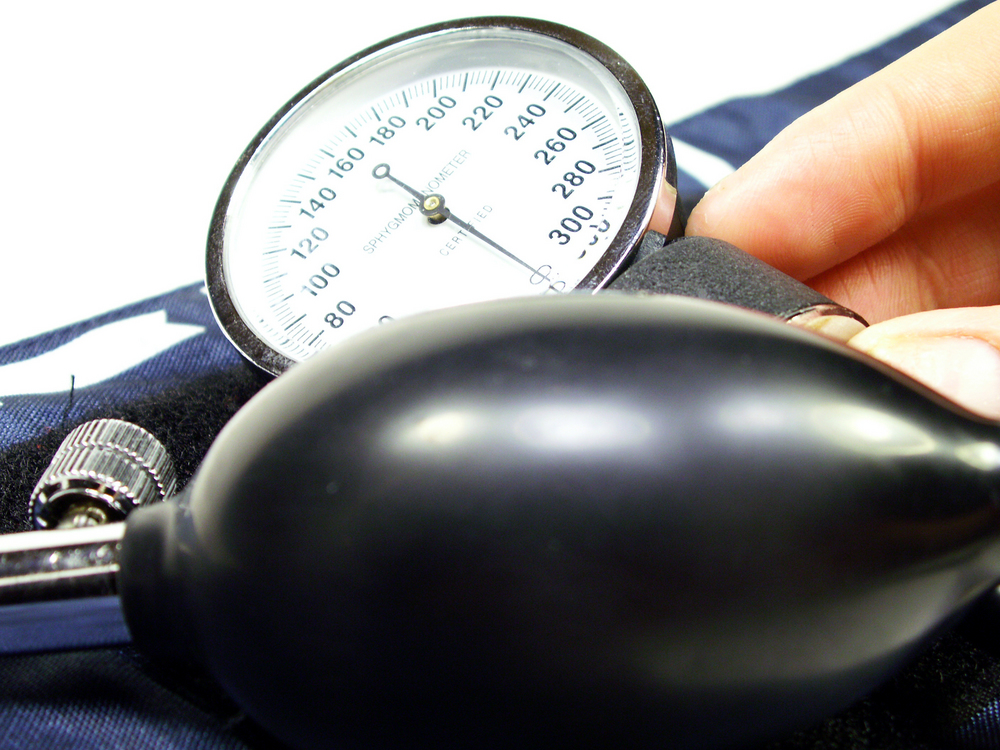Breast cancer is rare in men, and this occurs less than one out of 100 cases. The growth of abnormal cells develops in the small amount of tissue found behind a man’s nipple. The cause of breast cancer is still not known, most clinical experts agree that some men are more likely to develop breast cancer as compared to others. The condition, mostly affects older men.
Surgery for male breast cancer patients
Most men with breast cancer undergo some surgery. It is the most common treatment for men to get rid of breast cancer. About 98% of males suffering from breast cancer are treated with mastectomy, which is surgical removal of the breast.
- Mastectomy-There are different types of mastectomy surgery, some of them are explained below:
- Total mastectomy is complete removal of breast tissue. This is also called a simple mastectomy, in which the surgeon removes the entire breast, including the nipple. The underarm lymph nodes and muscle tissue from beneath the breast remain there.
- In a modified radical mastectomy, the surgeon removes all of the breast tissue as well as some of the lymph nodes in the armpit.
- If a tumor is large and growing into the chest muscles, a radical mastectomy needs to be performed, which is a more extensive operation performed by removing the entire breast, axillary lymph nodes as well as the chest wall muscles under the breast region. The surgery should only be performed in a condition when the growth of abnormal cells has grown into the pectoral muscles under the breast region.
- Breast-conserving surgery-The type of surgery can be called a partial mastectomy. It is sometimes called lumpectomy. During this surgery, only that part of the breast is removed which contains cancer. The target is to remove cancer as well as some surrounding normal tissue. The removal of the part of the breast depends on the size and location of cancer growth. It is a common treatment for women with breast cancer. It is not used frequently in men because in most cases, breast cancer treatment required removal of almost all the breast tissue. Furthermore, male breast usually has only a small amount of tissue below the nipple, and the growth of cancer cells are more likely to reach the nipple which requires more extensive surgical treatment. This surgery can be performed in some men cases where a tumor has not reached the nipple.
- Lymph node surgery-This surgery is performed to determine if the growth of cancer cells has spread to axillary (underarm) lymph nodes. If the cancer cells have spread then one or more of these lymph nodes may be removed and checked under the microscope. If the lymph nodes are found to be affected, then there are possibilities that the cancer cells have spread through the blood and to other body organs.
- Axillary lymph node dissection (ALND)-During this, around 10 to 40 lymph nodes are removed from the underarm area and tested for the growth of cancer. This surgery can be performed at the same time as the lumpectomy or mastectomy, but it can be performed in a second operation. ALND is the most common way to check for cancer growth to nearby lymph nodes.
- Sentinel lymph node biopsy (SLNB)-It is a safe procedure and has low rates of adverse effects. Removing as many lymph nodes can increase the chances of developing lymphedema in a patient after a surgery. To decrease the risk of lymphedema, Surgeons may use SLNB to check the lymph nodes for breast cancer. This treatment helps a physician to determine if cancer has spread to lymph nodes without removing many lymph nodes.
It is defined as removal of sentinel node (or nodes), the first lymph node into which a tumor drains and the one that contains cancer cells and spread through the bloodstream. Patients who do not have involvement of the lymph nodes under the arms are offered SLNB. After removing the sentinel lymph node under the arm. The node is then checked to find if they contain cancer cells. If the node is found free of cancer, then the male patient will be spared from having the remaining lymph node removal.



